- Good References: Ask for references, and check on the quality of their work. Don't be rushed by a bargain and don't pay in advance.
- Proof of Insurance: Ask for current certificates of liability and workers' compensation insurance, if applicable. Be aware that if the tree care company you hire doesn't have insurance or is not a legal company, you - the homeowner - could be held responsible as a contractor.
- Solid Reputation: Verify professional affiliations the company might have, such as memberships in business and/or professional organizations such as the Tree Care Industry Association.
- Up-to-Date Knowledge: Ask if they follow ANSI Standards. A professional arborist will be aware of the current safety, pruning, fertilizing, and cabling standards.
- Contract: Insist on a signed contract as to cost, dates when work is to be performed, and exactly what is to be done. Insist that climbing spikes are used only if the tree is to be cut down.
A professional can assess your landscape and work with you to determine the best trees and shrubs to plant for your existing landscape.
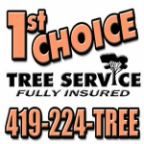
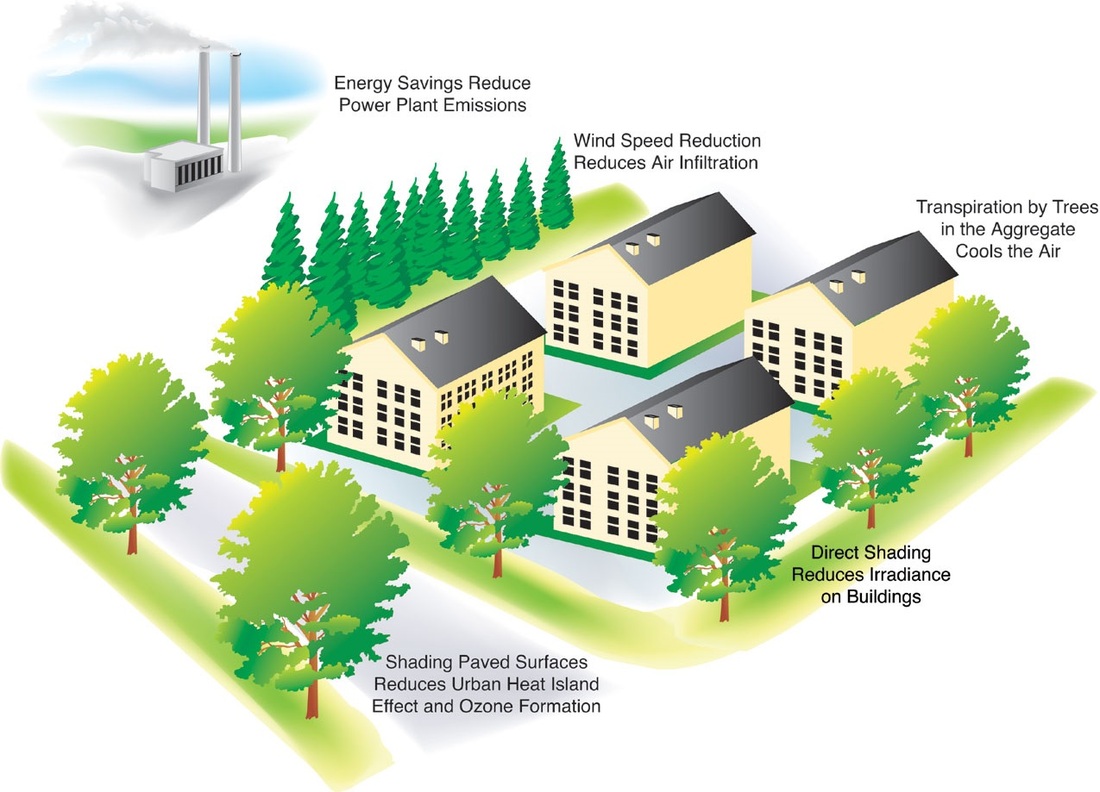
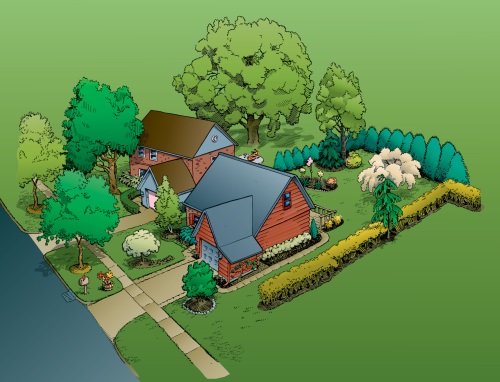
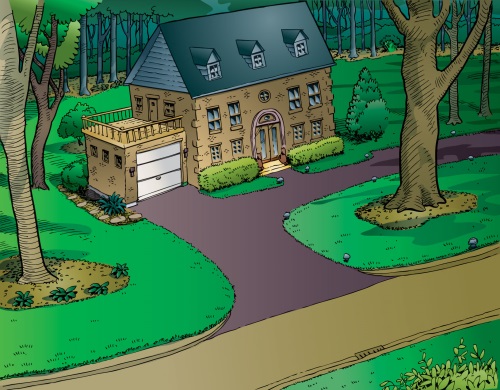
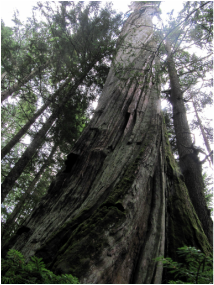
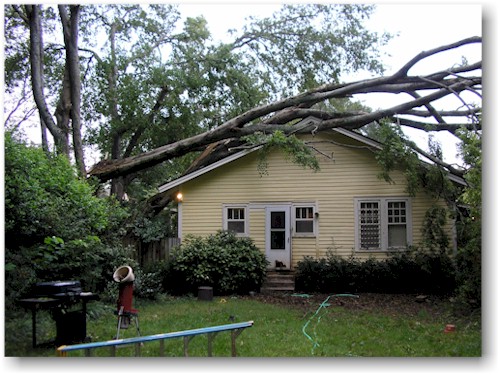
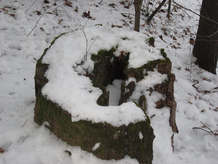
 RSS Feed
RSS Feed